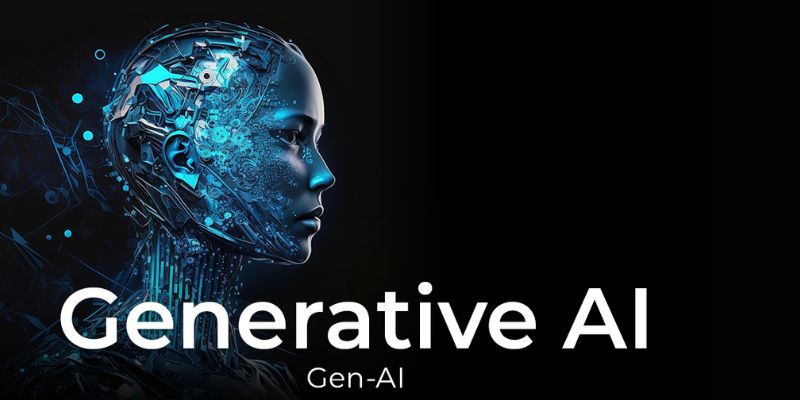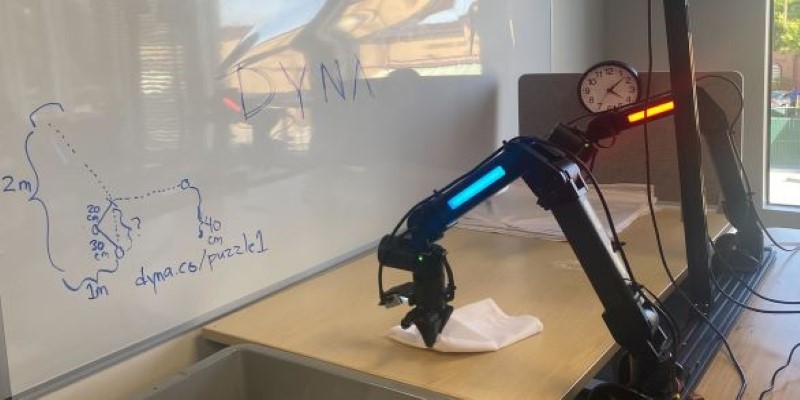Advertisement
ChatGPT is revolutionizing professional work, but the real power is in how your prompt it. Industry insiders use specific, structured commands to obtain expert-level results, while casual users ask simple questions. Because they offer a benefit—automating time-consuming tasks, speeding up decision-making, and producing client-ready content—these secret prompts are rarely made public. In this article, we disclose the revolutionary ChatGPT commands that elite professionals use without a word. Whether you work as a marketer, analyst, freelancer, or business owner, learning these secret commands can immediately increase your output and inventiveness.
The "Act As" command lets you draw on the knowledge of any professional position. Developers use it to simulate code reviewers. Marketers use it for branding insights. HR reps use it to create interview questions. Without recruiting a consultant, you may quickly access specific sector expertise. Precisely tuned to your demands, this prompt helps produce professional-level advice in seconds. Asking ChatGPT to be a UX expert, for instance, will provide interface ideas that follow best practices if you are creating a mobile app. This is a way to gain particular, useful insights that save money and time; it is more than just role-playing.

Sometimes, information is too complicated or dense to be absorbed rapidly. This is where this command becomes quite necessary. With "Break down this text," experts translate legal documents, academic papers, and reports into easily digestible sections. Particularly beneficial for creating onboarding paperwork, client briefings, or presentations. You can even tell ChatGPT to rewrite it for a particular age group or audience level. This approach ensures understanding without compromising the inherent value of the material. This prompt provides clear, easily understood outcomes for better communication and learning, whether you are presenting block chain to a CEO or code logic to a junior developer.
Standing out present’s difficulties often encountered by professional writers and marketers. By adopting the attitude or style of a well-known individual, this cue adds originality to content. Need to make your business pitch sound visionary? Ask for it in Elon Musk's tone. Want a blog introduction with a narration style? Give Morgan Freeman a try. It adds familiarity and flair to otherwise unremarkable text. Particularly useful in this context are branding, email marketing, and copywriting. This prompt helps your audience emotionally connect with your brand, strengthens its recall, and lends your content a unique voice.
Decision paralysis can kill priceless hours. This command helps simplify the process by providing a crisp, concise contrast. It is particularly helpful for assessing tactics, services, or instruments. Your specific context will dictate your balanced benefits and drawbacks. ChatGPT swiftly provides a summary that guides your choices; therefore, you don't have to wade through many papers or watch YouTube reviews. Business owners use it to compare software, investors to assess risk, and even teams to make strategic choices. Particularly when getting ready for meetings or pitching decisions to stakeholders, it saves research time and provides clarity.
This command is a game-changer if you're unsure of how to start a difficult task. It offers a thorough, step-by-step approach customized to your assignment. ChatGPT provides a reasonable roadmap whether you are creating an SEO strategy or releasing a SaaS product. Professionals use it to produce project outlines, checklists, and even training manuals. This eliminates uncertainty and increases run speed. The generated workflow can be readily transformed into a standard operating procedure (SOP) or integrated into project management solutions. You adhere to a systematic strategy that keeps you organized and focused rather than guessing the next steps.
Sometimes, all you need is a fresh perspective—but who has the time to wait for feedback from peers? This prompt gives you real-time critiques of your content, whether it's a social media post, a cold email, or a product description. It highlights unclear language, weak arguments, or missed chances for engagement. Professionals turn to this tool to refine their LinkedIn posts, landing pages, presentations and even resumes. It's like having a mentor on call 24/7. With straightforward suggestions delivered politely, ChatGPT can help you polish your work before it reaches your audience, ensuring clarity, professionalism, and a greater impact every time.

Imagine being able to test a strategy before putting it into action—this is where this command shines. It lets professionals simulate potential outcomes based on hypothetical actions. Curious about what might happen if you boost your ad budget or switch tools? Just ask ChatGPT to predict the effects. While it's not a crystal ball, it offers logic-based reasoning that helps you anticipate benefits or drawbacks. Marketing teams use it to forecast campaign results, project managers to predict delays, and entrepreneurs to test business models. It sharpens strategic thinking and helps reduce risks before decisions become irreversible.
Reading through reports or research papers can be a time-consuming task—something many professionals can't afford. This command helps you pull out only the most important information. Just paste your data or document, and ChatGPT will summarize the key findings or insights. It's ideal for busy executives, team leaders, and researchers who need quick takeaways. You can even request summaries tailored for emails or slides. It streamlines meeting preparation, reduces reading fatigue, and ensures you never miss crucial information buried in lengthy documents. For maximum productivity, professionals rely on this prompt just like they would a personal assistant.
Mastering ChatGPT isn't just about asking smarter questions; it's about issuing clearer and more precise commands. These insider prompts may not be magic, but they reveal hidden functionalities that casual users often miss. From crafting workflows and role-specific responses to creating templates and strategizing, these commands can significantly boost your productivity and creativity. Professionals utilize them to save time, impress clients, and maintain a competitive edge. Now that you're in on these tricks, you can harness them, too. The best part? These aren't just one-off hacks—they're habits that can enhance your daily interactions with AI.
Advertisement

What loss functions are, why they matter, and how they guide machine learning models to make better predictions. A beginner-friendly explanation with examples and insights

Google’s Agentspace is changing how we work—find out how it could revolutionize your productivity.

Explore how generative AI in financial services and other sectors drives growth, efficiency, and smarter decisions worldwide

How a groundbreaking AI model for robotic arms is transforming automation with smarter, more adaptive performance across industries

Tech giants respond to state-level AI policies, advocating for unified federal rules to guide responsible AI use.

Google debuts new tools and an agent protocol to simplify the creation and management of AI-powered agents.

How to implement Policy Gradient with PyTorch to train intelligent agents using direct feedback from rewards. A clear and simple guide to mastering this reinforcement learning method

Explore the key features, benefits, and top applications of OpenAI's GPT-4.1 in this essential 2025 guide for businesses.

What happens when Nvidia AI meets autonomous drones? A major leap in precision flight, obstacle detection, and decision-making is underway

A Nvidia AI-powered humanoid robot is now serving coffee to visitors in Las Vegas, blending advanced robotics with natural human interaction in a café setting

Looking to build practical AI that runs at the edge? The AMD Pervasive AI Developer Contest gives you the tools, platforms, and visibility to make it happen—with real-world impact

Looking for the best Langchain alternatives in 2025? Explore 8 top LLM frameworks that offer simpler APIs, agent support, and faster development for AI-driven apps